Research shows that building sector accounts for 30-40% of total waste worldwide, which makes construction waste a pressing issue all over the globe. Generated throughout the project from the pre-construction stage to finishing stage, it has adverse effects on environment, economy and social aspects. It takes up space in landfills and reduces soil quality and air quality even when properly disposed. In an attempt to cut down the number of resources that are wasted and find opportunities for them to be used, product designers upcycle discarded industrial waste into innovative extraordinary objects applicable for everyday use.

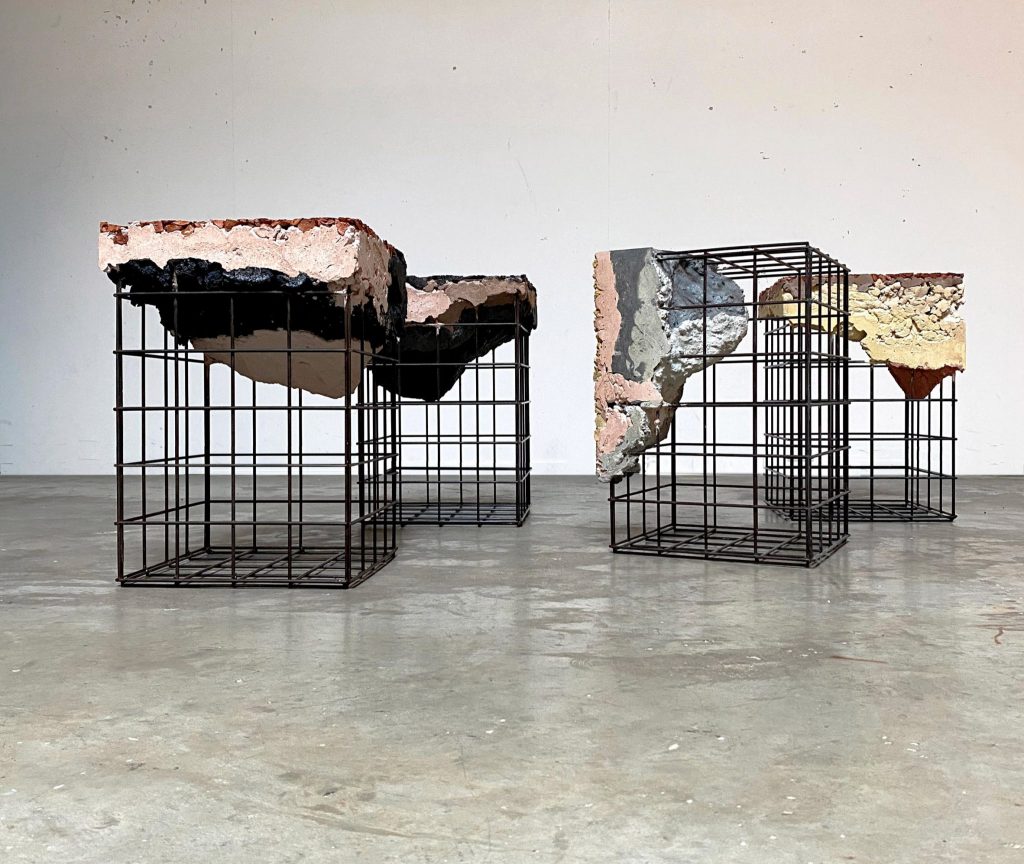
Appropriating the Grid by Irene Roca Moracia
Architect and designer from Spain Irene Roca Moracia has created a modular furniture system that consists of units made from discarded building materials. Titled Appropriating the Grid, it is composed of 11 modules that can be combined and joined with metal clips to serve a range of different functions, from seating to storage.
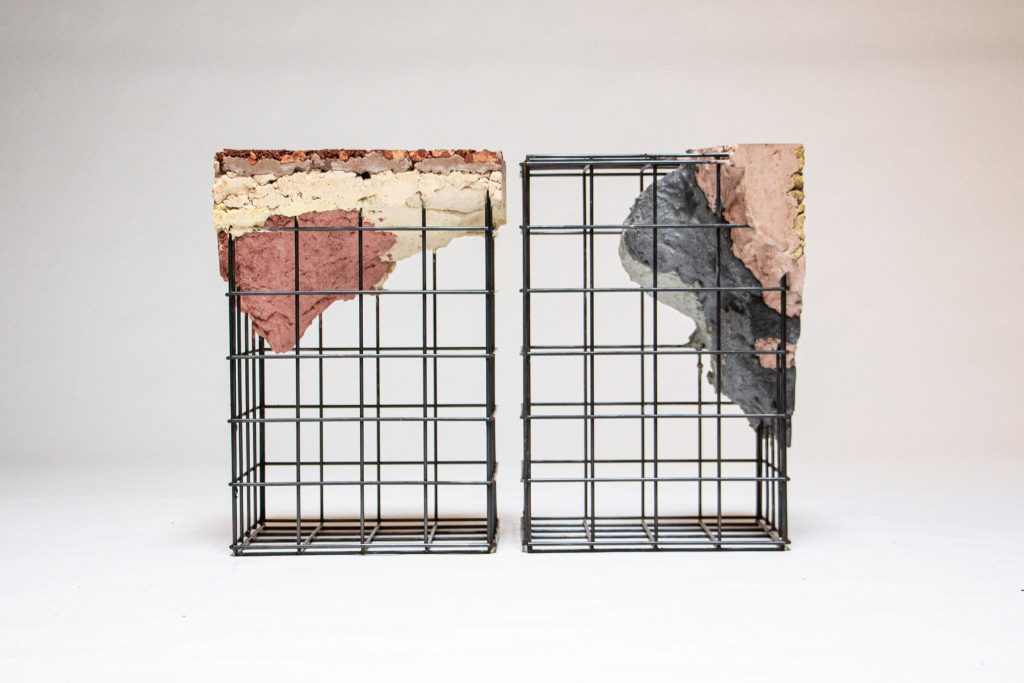
Appropriating the Grid by Irene Roca Moracia
According to the designer, most of the construction materials she used were provided by a local supply company through technically illegal verbal agreements. The thing is these materials of the packages they come in were damaged while being transported to the site. If this happens, the merchant can no longer sell the material and it is classified as construction waste. Nor they can reuse the materials, as to do that, they would once again need to pass the EU’s testing procedures and attain a CE marking, validating that the material conforms to the union’s safety, health and environmental protection requirements, which is a monetary investment many companies are not willing to make. According to the designer, the waste of the kind is most often just gets piled up somewhere in the countryside.
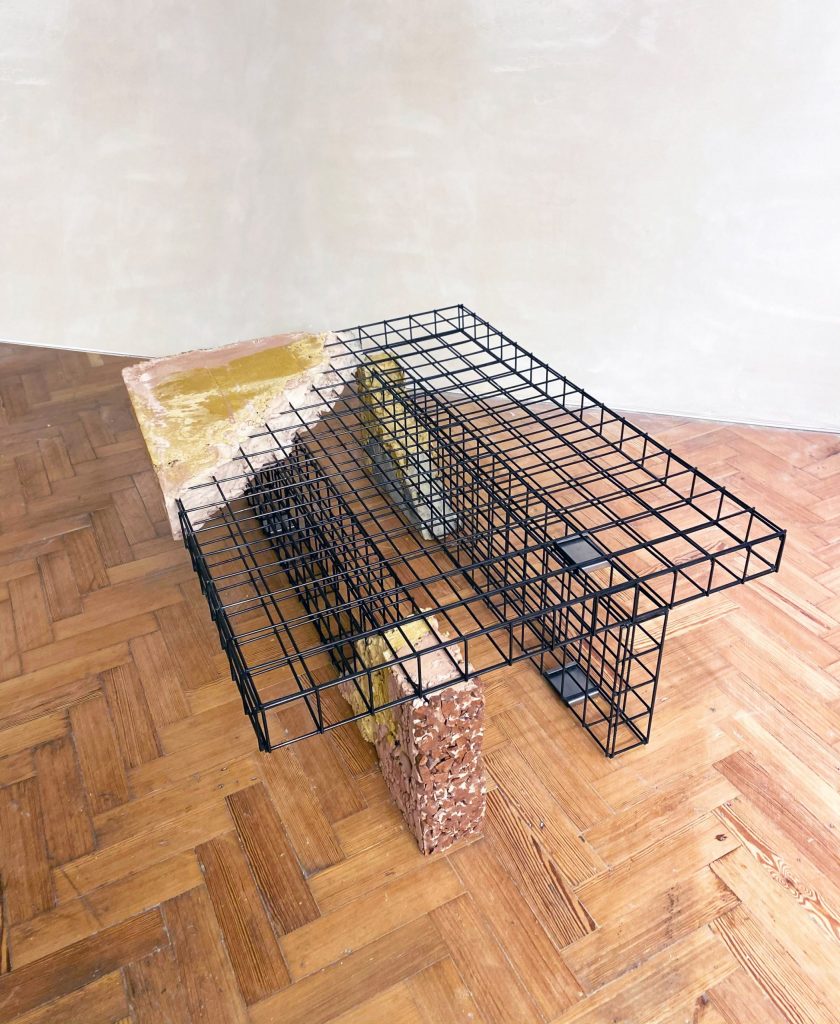
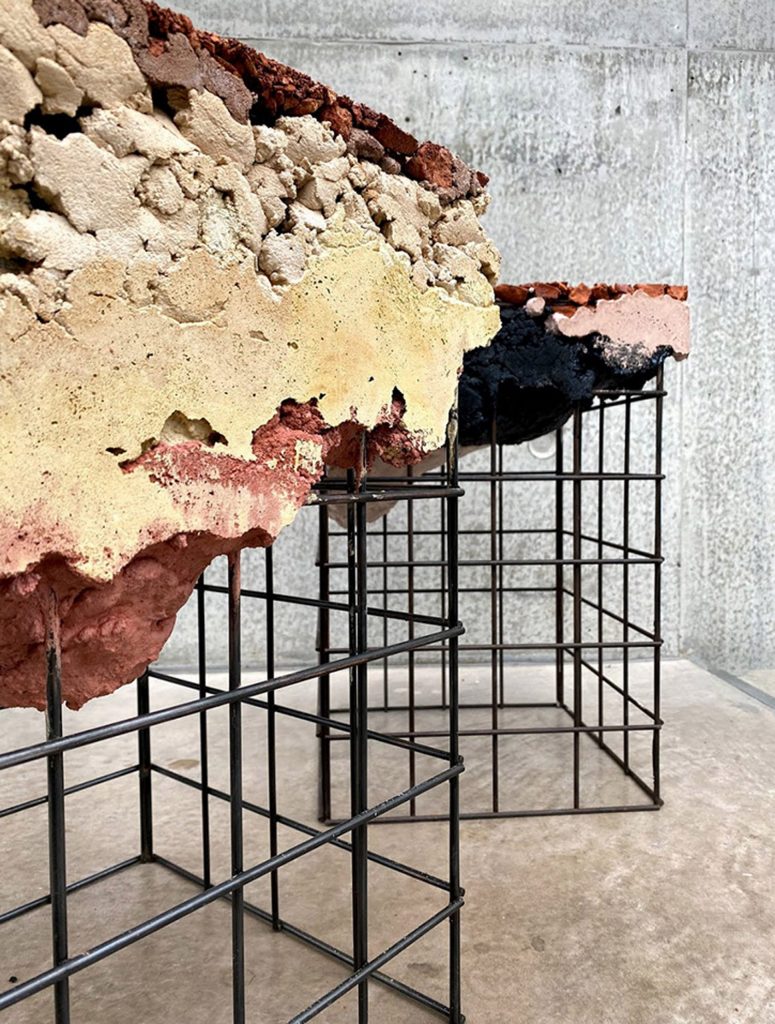
Appropriating the Grid by Irene Roca Moracia
To give the debris a new life, Moracia uses them to create building blocks for her furniture collection. She welds and patinates by hand surplus reinforcement mesh to form a frame, which is then topped with different types of cement and sand that were thrown away because their packaging had tornin transit.
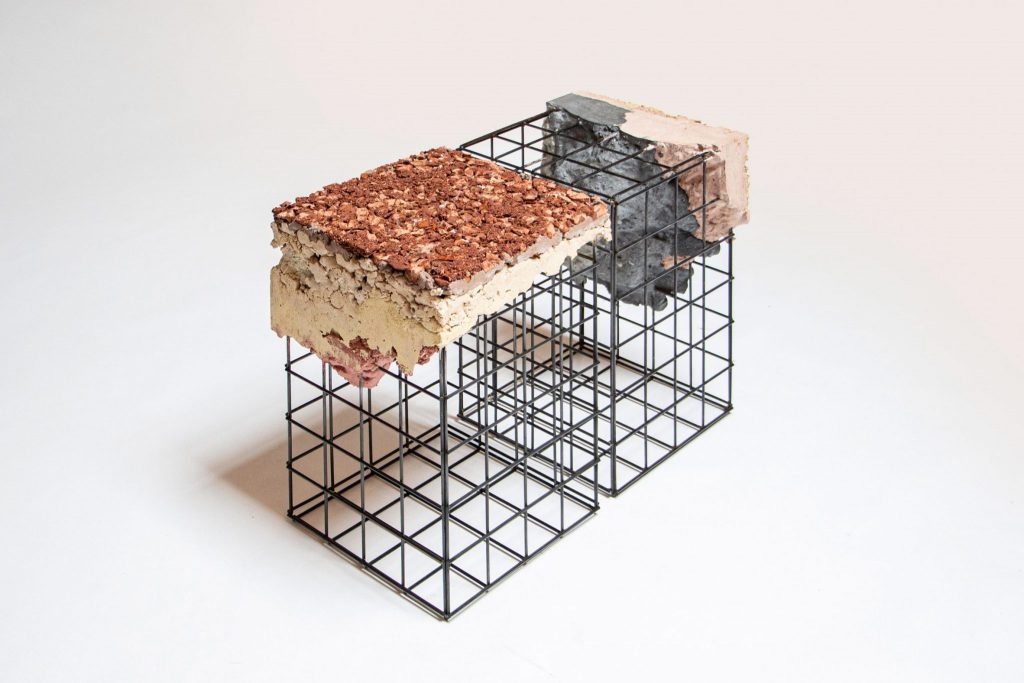
Appropriating the Grid by Irene Roca Moracia
This layer is internally reinforced through insulation panels that were broken or water damaged on their way to the construction site. The designer uses pulverised bricks as a pigment to colour the panels.

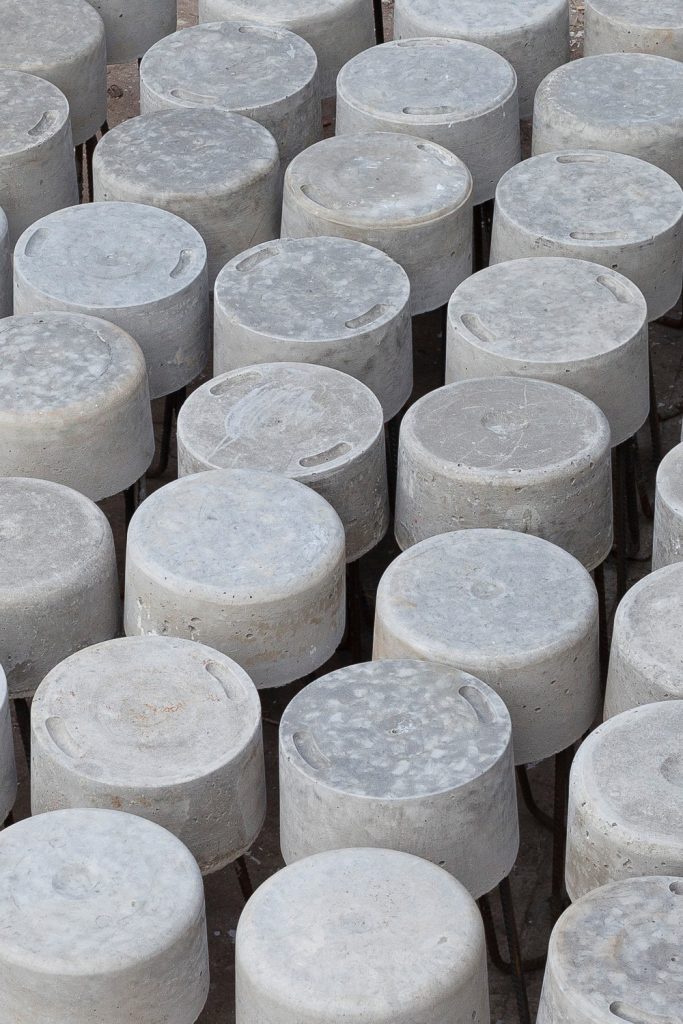
HRS stool by Sebastian Hoepner, Javier Agustín Rojas and Federico Sartor
To re-envision industrial waste as a contemporary and meaningful design object for our homes, Argentinian architects Sebastian Hoepner, Javier Agustín Rojas and Federico Sartor have collected materials from construction sites in Buenos Aires to use them for manufacturing their concrete HRS stool.
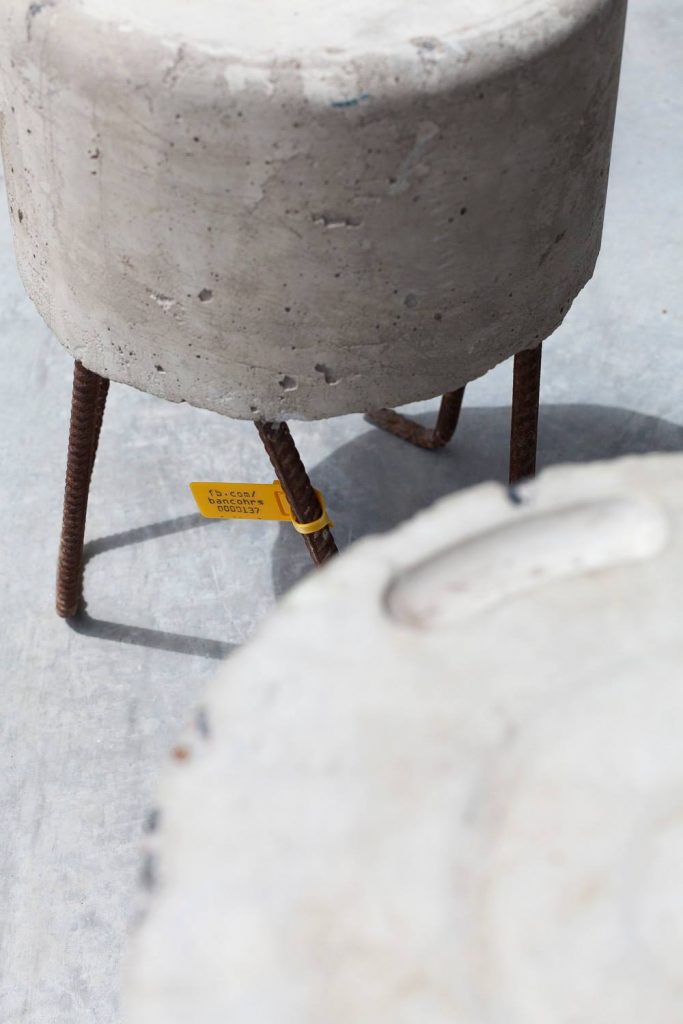

HRS stool by Sebastian Hoepner, Javier Agustín Rojas and Federico Sartor
Three bended irons reinforcement bars form a supporting frame of the stool, while the seat is made from freshly mixed concrete mouded from an empty bucket of paint or plaster. The materials allow the piece, boasting a contemporary and loft-like design, to be used both indoors and outdoors.

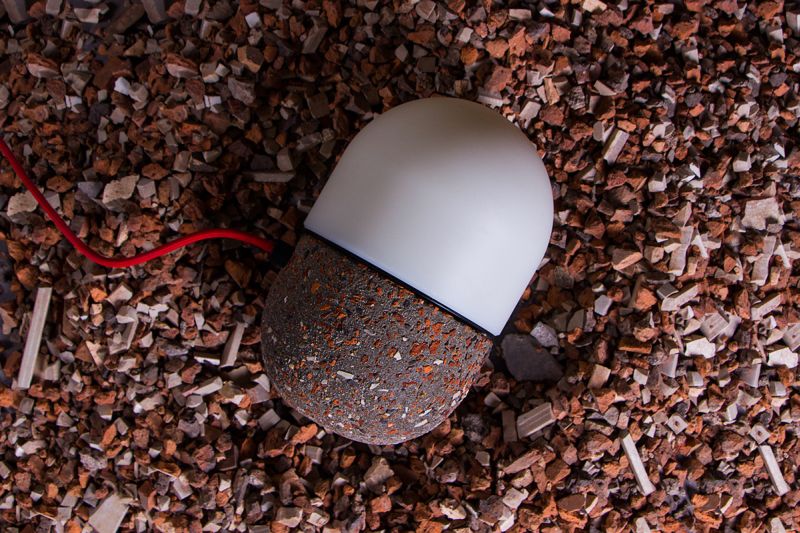
Recycle Series by Bentu Design
Aiming to give giving the discarded materials a renewed existence, creative company Bentu Design based in Guangzhou, China, has upcycled recovered industrial detritus, which would otherwise end up in a landfill, to create a beautiful Recycle Series that thoughtfully relates nature with the modern design industry and thus make it an attractive, useful and sustainable product.

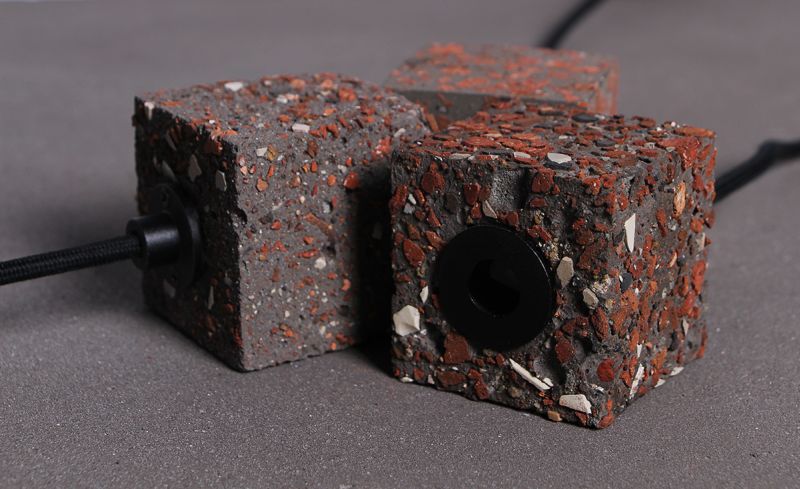
Recycle Series by Bentu Design
The collection includes a family of aesthetically pleasing minimalist lamps.The playful Luan table lamp wobbles back and worth, while the pendant lamps come in two options – square Dian and rounded Kui. In all three designs, the rugged texture of the fractured waste concrete is integrated nicely with light, thus being transformed into a valuable design object.